In October, the public, to its credit, tends to think pink -- remembering those who have suffered from breast cancer and celebrating those who have survived.
The fact that October is also National Sudden Cardiac Arrest Awareness Month is less well known -- perhaps because there are so few survivors. Sudden cardiac arrest, an unexpected, pulseless condition, strikes more than 1,000 people of all ages outside hospitals every day in the U.S. -- and most victims die.
Sudden cardiac arrest differs from many other life-threatening conditions in one profound way -- survival depends not only on the intervention of healthcare professionals, but also the decisive actions of laypersons who call 9-1-1, give cardiopulmonary resuscitation (CPR), and use automated external defibrillators (AEDs).
Why is bystander intervention so important? Sudden cardiac arrest victims need to receive CPR and defibrillation within a few minutes of collapse to maximize the chances for neurologically intact survival. Typically, even the best emergency medical services cannot get to the patient's side that quickly.
Yet less than one-third of sudden cardiac arrest victims receive bystander CPR and only two percent of victims are treated with AEDs by bystanders. The rates of bystander intervention are even worse in poor neighborhoods and among blacks and Latinos.
But here is the good news: When victims do receive immediate CPR and defibrillation from bystanders, the odds of survival increase dramatically -- from eight to 38 percent. Our Sudden Cardiac Arrest Survivor Network is a testament to the fact that early CPR and defibrillation really does make a difference.
This is why we're on a mission to raise awareness about the need for laypersons to learn CPR and how to use an AED. Fortunately, CPR is not as complicated as it once was. The American Heart Association now recommends "Hands Only" CPR, instructing potential rescuers to press down hard and fast on the center of the victim's chest (e.g., to the beat of "Stayin' Alive" by the Bee Gees).
And using an AED is also straightforward. Designed for use by laypersons, the user-friendly device automatically diagnoses potentially life-threatening heart rhythms and if it detects a problem that may respond positively to an electric shock, it permits a shock to be delivered to restore a normal heart rhythm.
Let's make October a time to remember those affected by sudden cardiac arrest -- and a time to learn how to save a life. For more information, visit www.sca-aware.org.